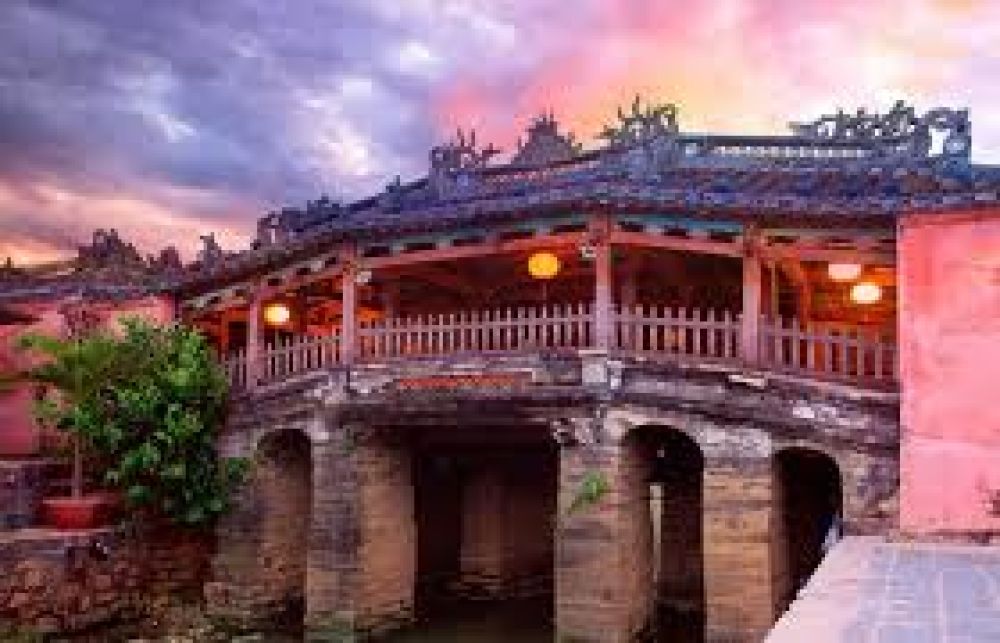

The Japanese Covered Bridge, also known as Chua Cau, is a beautiful historical piece of Japanese architecture set in the heart of Hoi An, Vietnam. It stands as a testament to the rich cultural exchange that occurred between the Japanese and Vietnamese in the 16th and 17th centuries when Hoi An was a bustling trading port. The bridge was constructed in the early 1600s by the Japanese community to link them with the Chinese quarters across the water.
Hoi An, with the Japanese Covered Bridge as a central attraction, was recognized as a UNESCO World Heritage site in 1999, which marked a significant boost in tourism. The bridge is renowned for its unique blend of Japanese, Vietnamese, and later, Chinese architectural elements, attracting tourists who are interested in historical structures and cultural fusion.
Tourism at the Japanese Covered Bridge has seen various phases; initially, it was a novel landmark for adventurous travelers. As global travel became more accessible and Hoi An's reputation as a well-preserved ancient town grew, the bridge became a symbol of the city's cultural heritage. The interest peaked as travel bloggers and influencers started to showcase the serene beauty of the bridge on social media platforms.
In recent years, sustainable tourism and cultural preservation have become priorities for Hoi An and the Japanese Covered Bridge. There is a growing trend where tourists are seeking more authentic experiences and responsible travel options that contribute to the preservation of the site. Local initiatives have been put into place to manage the number of visitors to the bridge to prevent overcrowding and maintain the structural integrity of this historic landmark.
Additionally, virtual tours have become increasingly popular, particularly during the times when global travel was restricted due to the COVID-19 pandemic. These virtual experiences provide an alternative way to appreciate the bridge’s details and learn about its history from afar.
Night tourism is another growing trend in Hoi An, with the Japanese Covered Bridge beautifully lit up, offering a mystical and picturesque scene. The festive lanterns and the reflection of lights on the water create an enchanting atmosphere, drawing visitors for evening strolls and photographs.
When visiting the Japanese Covered Bridge, guests can admire the craftsmanship of the wooden structure adorned with intricate carvings. A small temple attached to one side of the bridge adds to its charm and is a serene place for contemplation. The bridge symbolizes the harmony between different cultures and continues to be a must-visit destination for tourists in Vietnam.
Before visiting Chua Cau, it's important for travelers to note that there may be a small entrance fee to help with the conservation efforts. Tourists are encouraged to respect the local customs and the tranquil nature of the site.
As with most attractions, visiting during the early morning or late afternoon can provide a more peaceful experience, avoiding the peak crowds. Hoi An’s weather can be quite warm, so dressing comfortably and staying hydrated is also advisable.